These 8 Plants are Extremely Harmful to Dogs

Did you know that there are over 400 species of plants that are harmful for dogs? In 2021 alone, indoor and outdoor plant poisonings were one of the top five poison calls made to the Animal Poison Control Center.
Ahead, we discuss the eight most harmful plants for dogs. Some of the side effects are severe, so be prepared. Spring, summer, fall or winter – the bulbs, leaves, and bark of these plants can have painful and even lethal effects on dogs of all ages and abilities.
The 8 Plants Most Harmful to Dogs
Autumn Crocus
While the autumn crocus blooms in autumn, its bulbs and leaves show up in springtime. Pet owners may not notice common symptoms in their dogs – like bloody vomiting and diarrhea – for up to several days after ingestion. At their worst, the colchicine toxins within the plant can suppress bone marrow growth and cause damage in multiple organs (most notably, the liver).
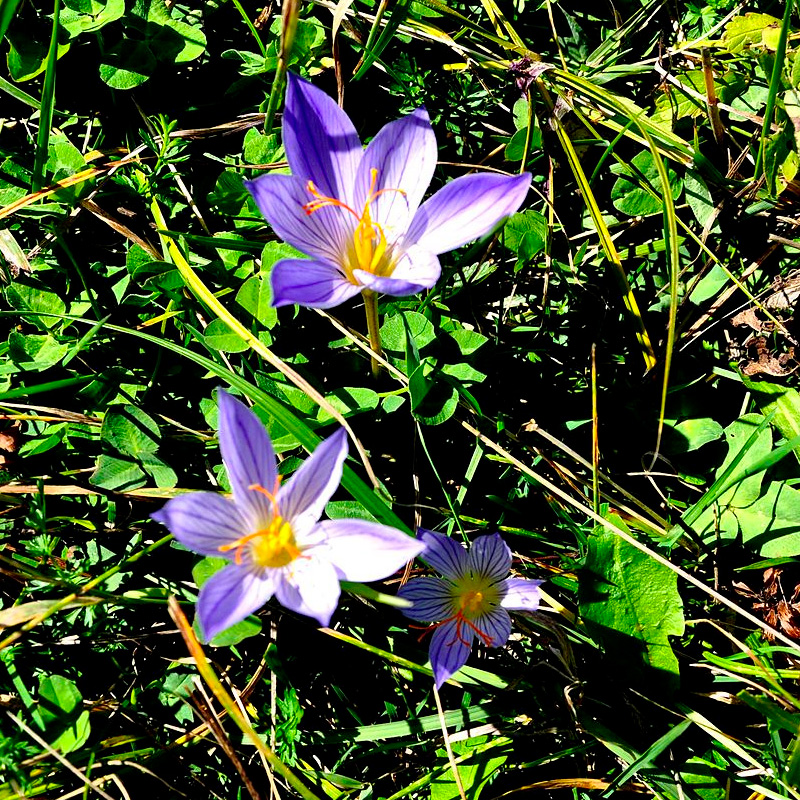
Dumb Canes
Found mostly indoors, dumb canes contain two potent toxins: proteolytic enzymes and toxin calcium oxalate crystals. The former are blood thinners and particularly dangerous for dogs with clotting disorders or gastric ulcers. When swallowed, the latter produce a painful sensation similar to swallowing shards of glass. Signs of ingestion in dogs include excessive drooling, vomiting, difficulty breathing, and indications that the dog is experiencing a burning sensation around its tongue, lips, and mouth.
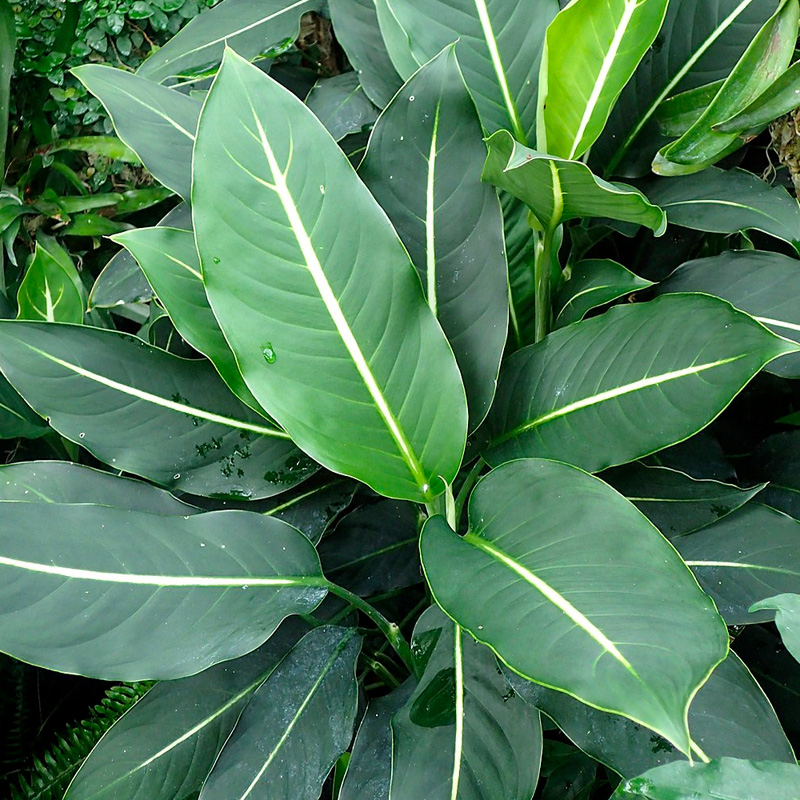
Japanese Yew
No need to worry about the berries on this outdoor plant, which serves as a decorative holiday accent. The bark, leaves, and seeds can cause significant damage. Early signs of poisoning include seizures, muscle tremors, and difficulty breathing. If left untreated, the Taxine A & B toxins will cause vomiting, heart and blood pressure fluctuations, lethargy, a wobbly stride, and sudden death from heart failure. Vets typically use activated charcoal and IV-fluid therapy to restore breathing and heart function.
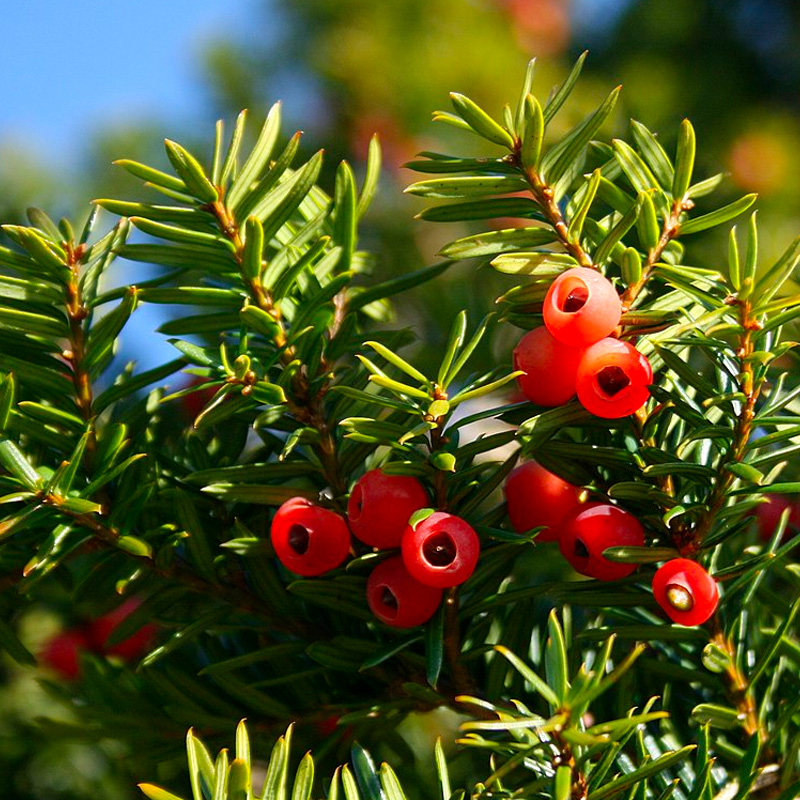
Lily of the Valley
Even the tiniest exposure of this plant can cause heart problems. Found indoors and outdoors, the lily of the valley contains cardenolides, a type of steroid that can initiate heart arrest. While beautiful, a few bites of the bulb or leaves can have a deadly effect on dogs. What starts as vomiting, confusion, and low blood pressure can transition to seizures. At the worst, it may send a dog into a coma from which they might not recover.
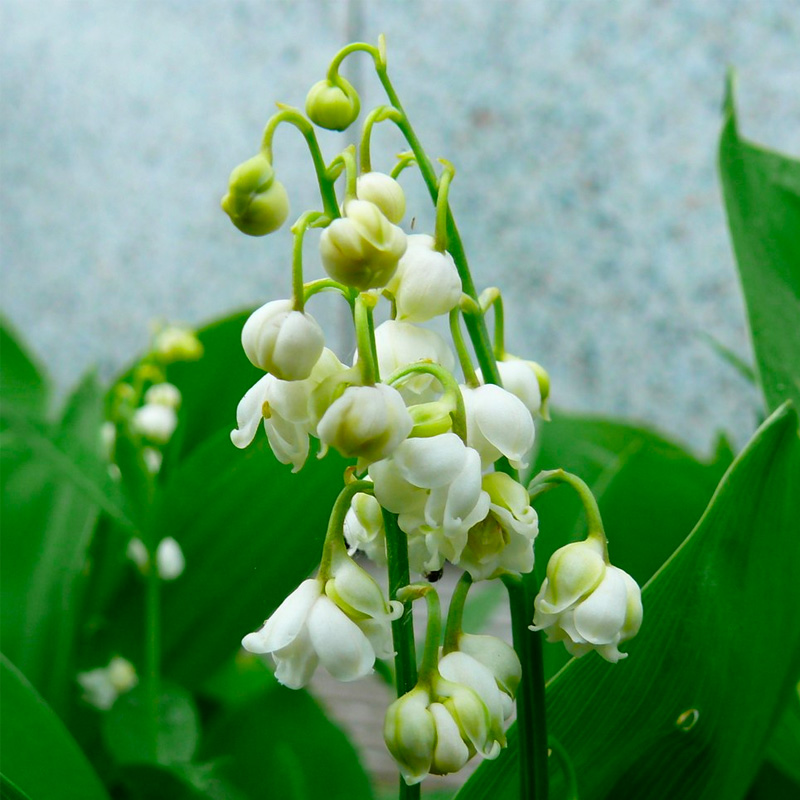
Tulips
One of the most popular indoor and outdoor plants is, unfortunately, one of the most harmful to dogs. Tulips bloom in the spring and contain the allergens Tulipalin A & B. Simply nibbling on the tulip leaves can give a dog an upset stomach. The worst harm comes from ingestion of the bulbs, where most of the toxins are concentrated. In this case, the dog is susceptible to painful stomach aches, appetite loss, and depression.

Oleander
Oleander can grow up to 12 feet tall, and every part of the plant – the petals and leaves, whether fresh or dried – is extremely toxic to dogs. If your dog ingests oleander, get them to a veterinary hospital as soon as possible. In most cases, the vet will induce vomiting. The cardiac glycosides inside the plant can cause heart arrhythmia, diarrhea, drooling, and stomach aches. Rapid medical intervention is critical to avoid liver or heart failure.
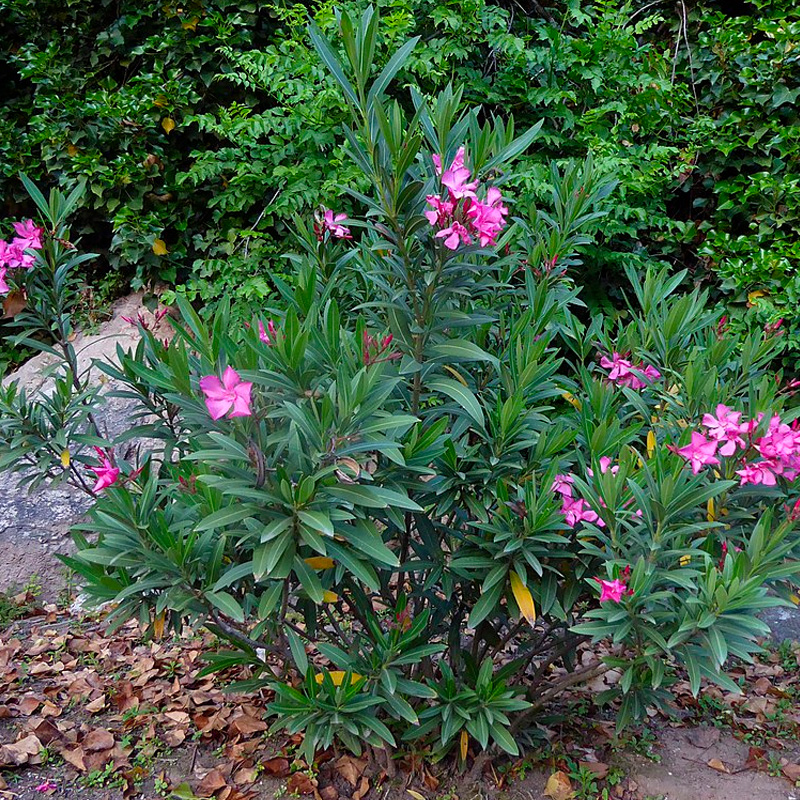
Azaleas
Also known as rhododendron, azaleas are made up of grayanotoxin – your pet’s reaction will depend on how much of the toxin they ingest. Most dogs will show signs of an upset stomach, though consuming a higher number of leaves can cause vomiting, diarrhea, excessive salivation, hypotension, depression of the central nervous system, and cardiovascular failure. Early intervention is critical. After two days, the dog may fall into a coma and die.
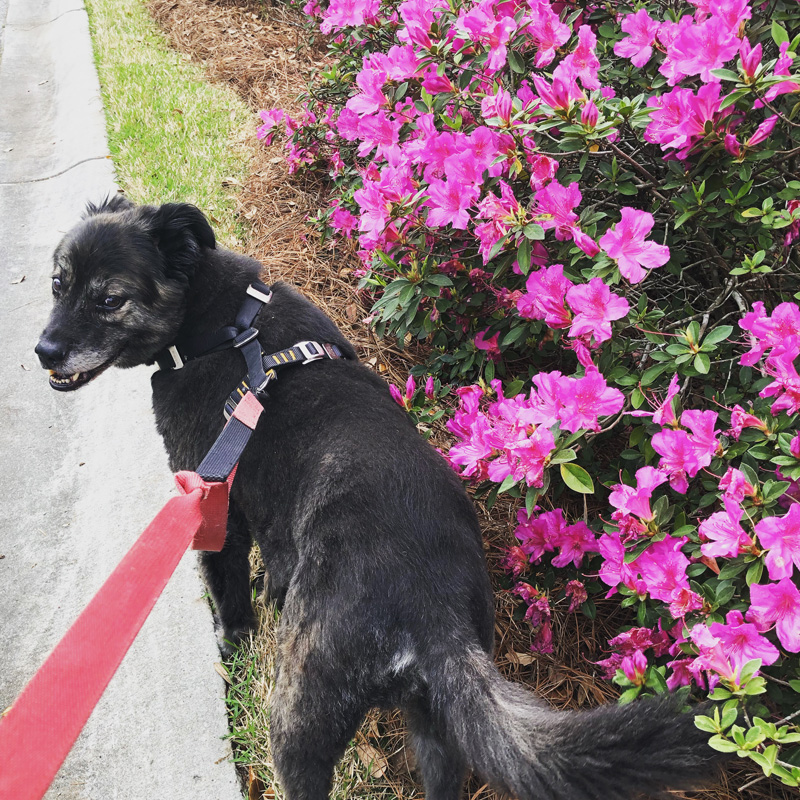
Sago Palms
This popular household plant is perhaps the most lethal plant a dog can consume. Found both indoors and outdoors, sago palms contain the carcinogenic toxin cycasin. Dogs may suffer from vomiting, diarrhea, and seizures from eating leaves, bark, or the extremely toxic seeds. If left untreated, the cycasin may cause hemorrhagic gastroenteritis, liver failure, or death. Recovery is a long road – it can take upwards of eight months to restore healthy liver functioning.
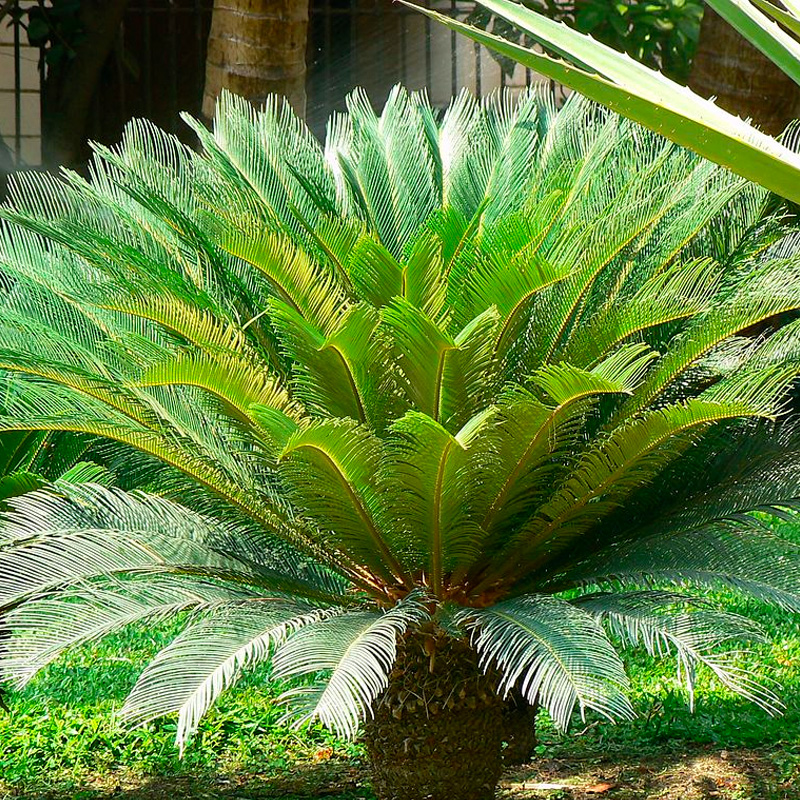
What to Do if Your Dog Ingests a Toxic Plant
Let’s say you notice early signs of plant poisoning in your dog – confusion, lethargy, vomiting, or an upset stomach. The first thing to do is to make a call to your veterinarian or a poison control hotline:
- ASPCA Animal Poison Control Center (888) 426-4435
- Pet Poison Helpline (855) 764-7661
Do your best to identify the plant your dog ingested. Samples or photographs will suffice, but if you’re unsure of what the dog consumed, you can also collect a sample of the dog’s vomit.
When you speak to your vet or the doctor on the line, give as much information as you can:
- What plant may the dog have consumed?
- When did the dog likely ingest the plant?
- What is your dog’s approximate weight?
- What symptoms is your dog showing
While it may be tempting to induce vomiting, refrain from doing so unless directed by your vet. Sometimes, vomiting can exacerbate the symptoms.
Keep Your Pup Safe: Prevention is Key
Some of the most popular indoor and outdoor plants contain deadly toxins. Our beloved canine friends don’t necessarily have the ability to tell the difference between safe and dangerous plants. Keeping our pets safe from harmful toxins means restricting their access to known toxins and monitoring our yards regularly for foreign seeds and bulbs.
For more information about this subject or general questions you can contact:
Courie Dennis with Posh Paws Pet Care, LLC
843.900.0438
Visit our website at PoshPawsPetCareSC.com
Or send us a note from our contact page here.
